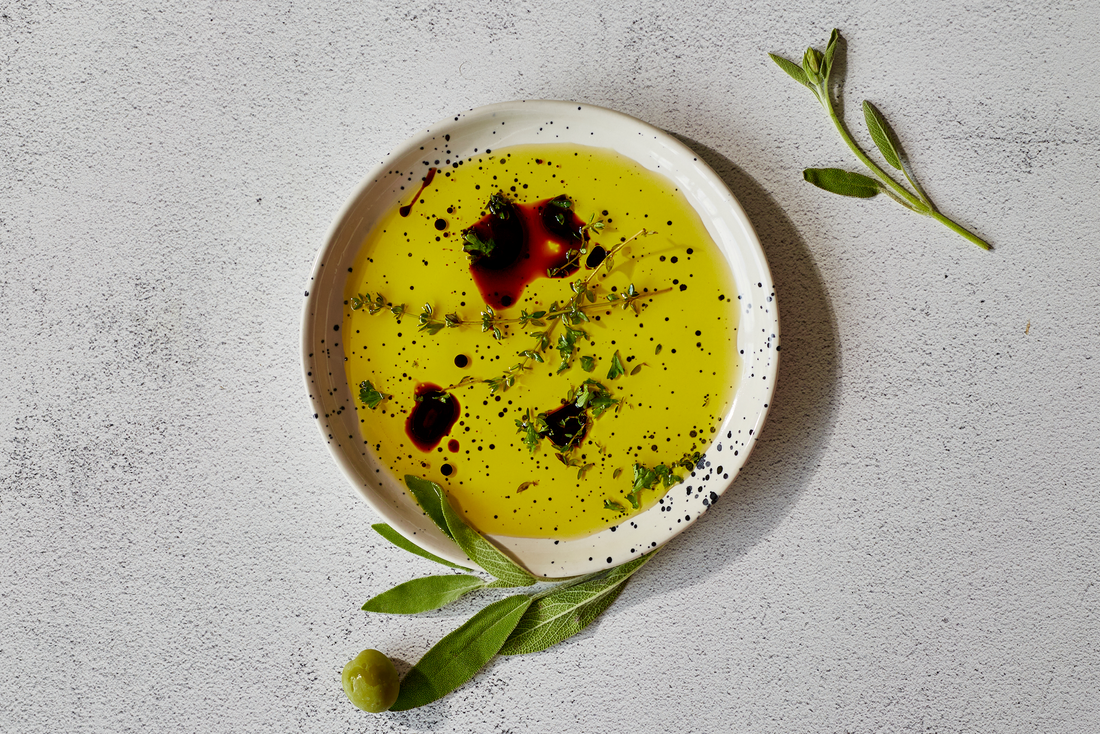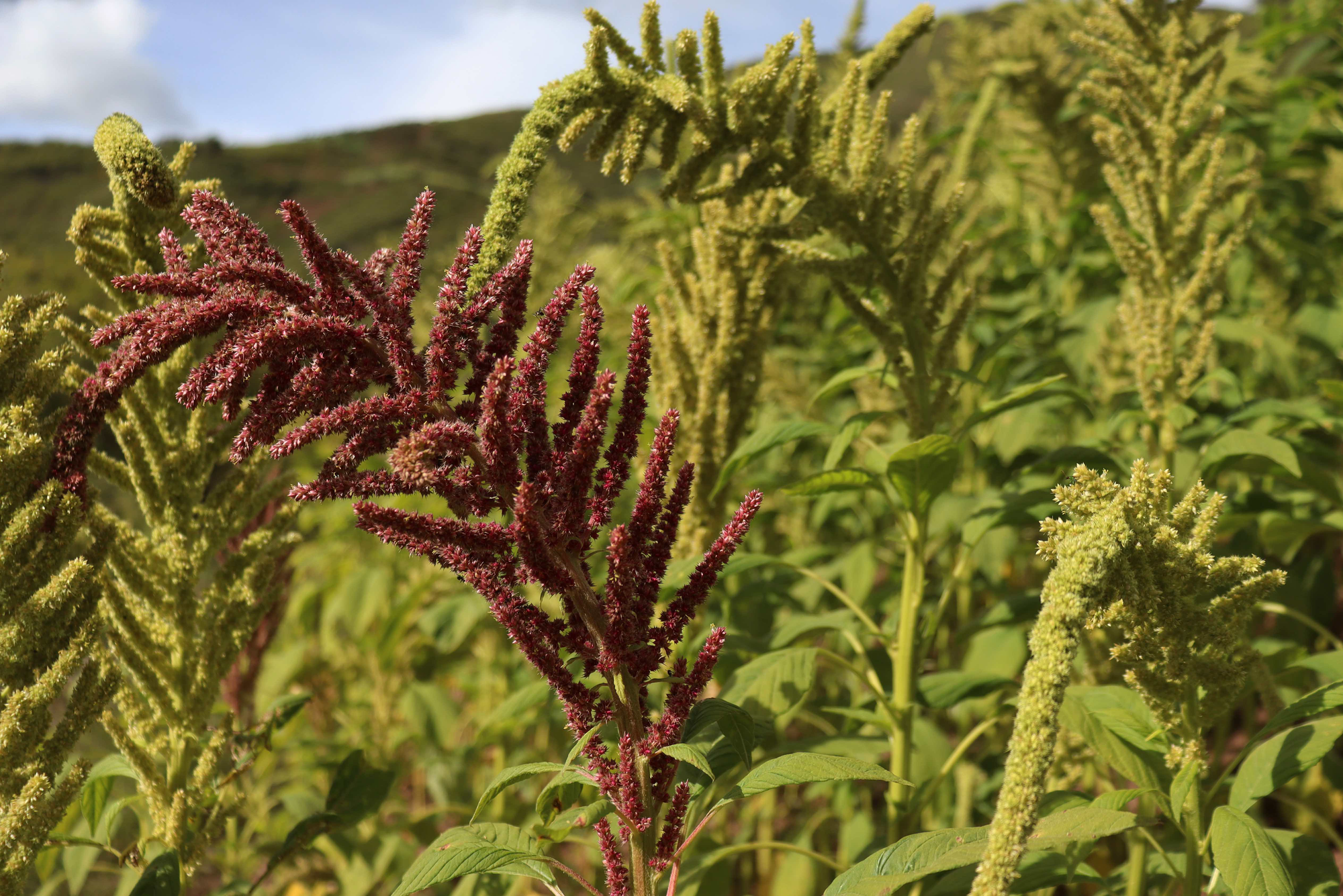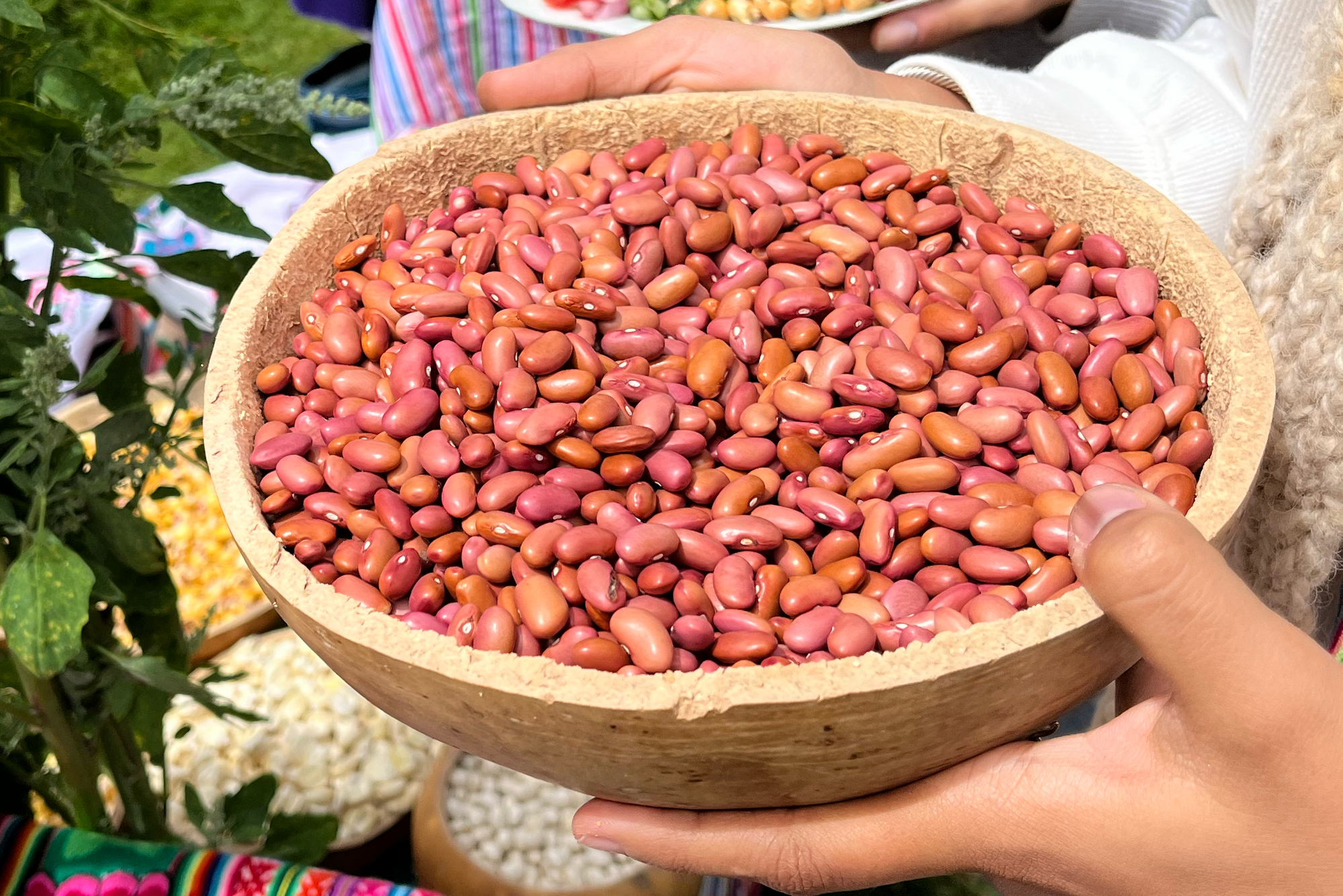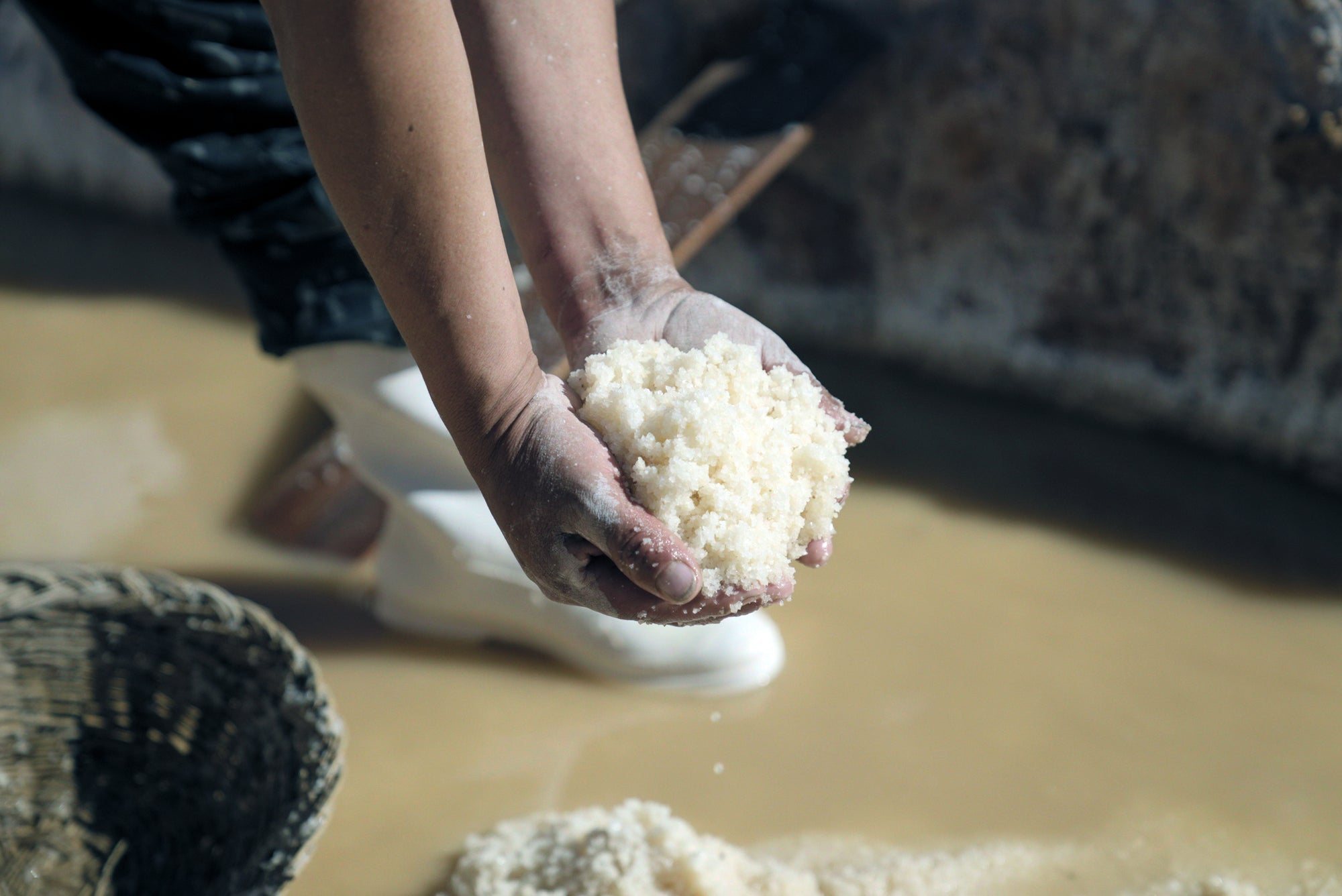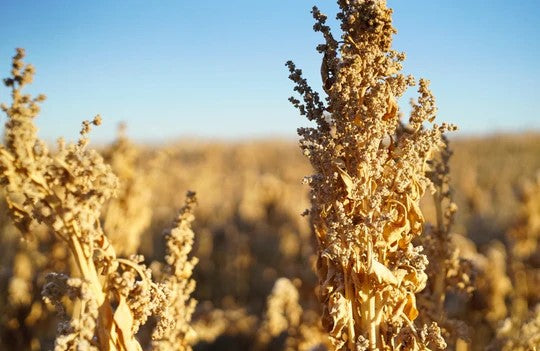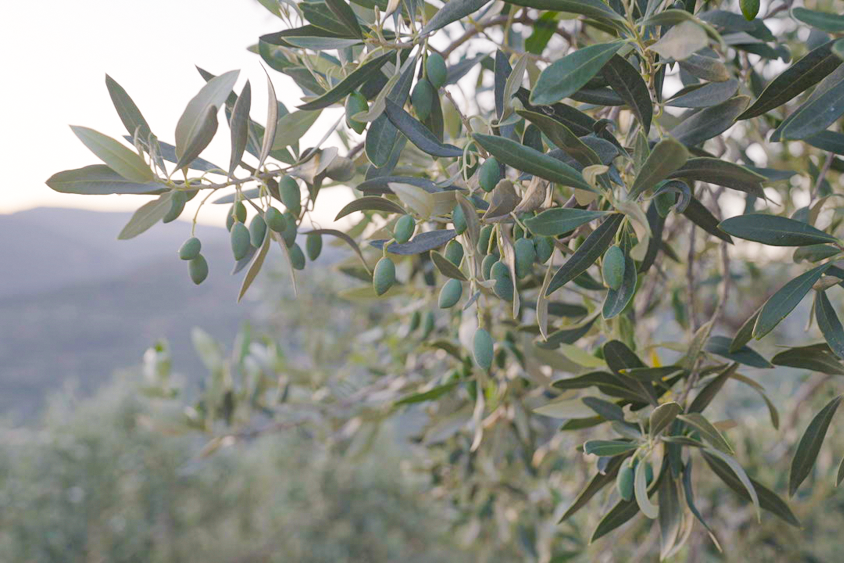Have you ever wondered how your favorite olive oil makes it to your kitchen? Humans have enjoyed olive oil for centuries, but few know how it is made. Olive oil was likely first produced as early as 6,000 years ago, and can be made from hundreds of varieties of olives. Each olive variety has a distinct flavor due to different soil and weather conditions, where, and when they are harvested.
At SIMPLi, we use Koroneiki olives, which are the most prized variety for extra virgin olive oil production. These olives come from Sparta, Greece, where they have been grown for thousands of years, and harvesting techniques have been passed down from generation to generation.
Follow along as we take you through the journey of how our extra virgin olive oil gets from the olive groves in Greece into your kitchen.
SIMPLi Steps in the Extra Virgin Olive Oil Production Process

HARVESTING
The first step is hand-picking the olives off of the trees where they grow, or letting them fall onto nests placed below the trees. They will then be loaded onto a truck and taken to a mill that only processes extra virgin olive oil to avoid mixing with other oils.
WASHING & SORTING
Once they are harvested, the olives then need to be washed and separated from all of the dirt, branches, and debris at the mill.
COLD PRESSING
After the olives are cleaned, the oil is then extracted without using heat, which can alter the flavor and degrade the quality. This is why our olives are referred to as "cold pressed” –this term signals a high quality oil.
This step leaves the oil cloudy, and at this point, it is considered unfiltered olive oil.
MIXING
Once the olives are pressed, they are kneaded into a thick paste through a slow mixing process.
FILTERING & SEPARATING
Finally, the oil is separated from the solids. Then, the olive oil is filtered from the water. Typically, there will be multiple tanks filtering the extra virgin olive oil into the final product.
QUALITY TESTING
In the final step of the process, the extra virgin olive oil is tested for quality assurance. To be considered virgin olive oils, which make up the majority of oils sold on the market, the acidity levels are less than 2%. Most extra virgin olive oils must have acidity levels less than 0.8%.
And voila! That’s how you get extra virgin olive oil for SIMPLi 100% Extra Virgin Olive Oil and Extra Virgin Olive Oil Blend products.
Watch the full video to see every step of the process for yourself.
Share your questions in the comments below, and let us know which ingredient you would like us to cover next!

